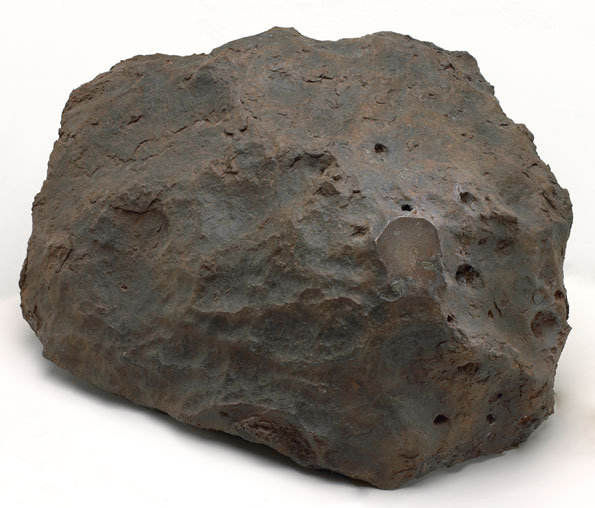 Cranbourne meteorite
Cranbourne meteorite
TLF ID R6877
This is a colour photograph of an iron meteorite called 'The Cranbourne No 2 mass'.
 Cranbourne meteorite
Cranbourne meteorite
TLF ID R6877
This is a colour photograph of an iron meteorite called 'The Cranbourne No 2 mass'.
2; 3; 4; 5; 6; 7; 8; 9; 10; 11; 12
